Tag: health benefits
Radiate Beauty with the B Complex!
I’ve said it before, and I’ll say it again: when it comes to maintaining the health of our hair and skin, nutrition is key.

That’s because there are many nutrients we get from our diet that are essential for the maintenance of tissues with high cell turnover and regeneration – i.e. our hair and skin! Trust me, when it comes to beauty that radiates from the inside and out, a healthy diet will set you up for success.
There are a group of nutrients in particular that really make a difference in the health and appearance of hair and skin – the B complex, which is a combination of eight essential B vitamins. Today I will break down the B complex in a little more detail, so you can understand the difference between each of these B vitamins, and how they play a role in your physical health and appearance.
The B Complex
Eight essential vitamins make up the B complex: thiamine (B1), riboflavin (B2), niacin (B3), pantothenic acid (B5), pyridoxine (B6), biotin (B7), folic acid (B9), and cobalamin (B12). Let’s walk through the benefits of each of these vitamins, how deficiency impacts your health, as well as where you can find these vitamins in your diet.
B1 (Thiamine)
Thiamine is the first of the B complex vitamins. It maintains the health and function of our cells & promotes healthy nerve, brain, muscle, heart, stomach, and intestinal function. It’s also essential for our ability to convert carbohydrates into energy, which is essential for the health and survival of all the cells in our body. Thiamine only stays in the body for a short amount of time, so it’s important to be consistent about your daily intake or supplementation. [1]
Thiamine is an incredibly important vitamin for our overall wellness, and there is still much to be discovered about it’s relationship with the health of our hair and skin. One important animal study found that thiamine worked closely with collagen to promote healing after injury, which is another reason why it’s so important to maintain a healthy thiamine status. [2]
Food sources of thiamine include: whole grains, meat, fish, fortified foods like bread and cereals.
B2 (Riboflavin)
Next, we have riboflavin, or vitamin B2! Riboflavin is another B vitamin involved in energy production, cellular function, growth, and development. Which of course, is also an essential component in the turnover of skin cells and hair. While you may not notice the effects of having a healthy riboflavin status, you will certainly feel the effects of deficiency on your skin and hair health.
Riboflavin deficiency results in skin degradation, swollen and cracked lips, red, itchy eyes, as well as hair loss. Deficiency is rare, however, it’s important to know the symptoms and how they may affect your skin and hair health. [3]
Food sources of riboflavin include: Eggs, organ meats (kidneys and liver), lean meats, milk, some green veggies, and fortified foods.
B3 (Niacin)
Niacin, or vitamin B3, is an important vitamin for skin health, as well as energy production (are you starting to notice a trend?). There is also some research to support that niacin is important for reducing risk of cardiovascular disease, by improving lipid levels. [4] Niacin deficiency results in a condition called pellegra, and while rare, this condition can result in a dark and scaly skin rash, as well as inflammation of the tongue, fatigue, and memory problems. [4]
There is some evidence to support that one particular form of niacin, niacinamide, is particularly important for the health and appearance of our skin. In fact, nicinamide may benefit our skin in a variety of ways.
- Niacinamide promotes keratin production in our skin. Keratin is a protein that protects our skin and keeps it strong [5]
- It helps with inflammation, and can reduce redness in conditions such as eczema and acne. [5]
- Niacinamide may help improve fine lines and wrinkles in aging skin. [5]
Food sources of niacin include: Poultry, beef, fish, nuts, legumes, and fortified grains.
B5 (Pantothenic Acid)
Pantothenic acid is the next of the B complex vitamins, and is also an essential component of our metabolism. Specifically, it is important for the breakdown of fats, and the synthesis of essential fatty acids in our body. Dietary panthothenic acid is widely available in our diet. However, when it comes to skin and hair appearance, it’s usually found in synthetic forms. [6]
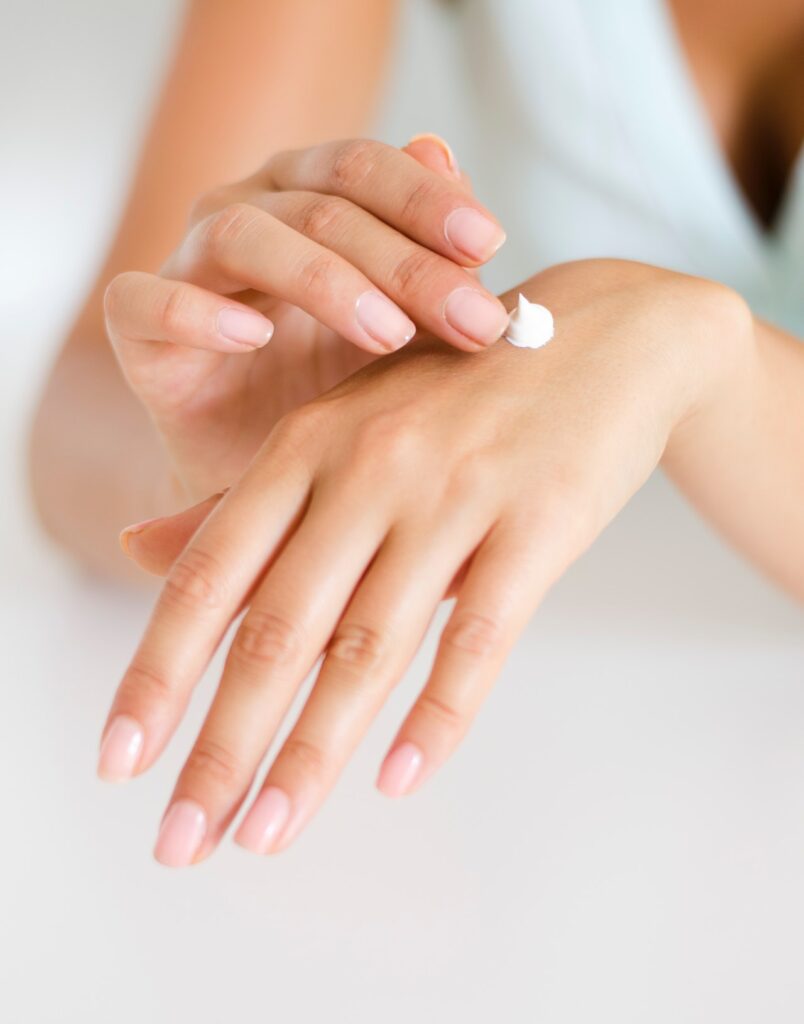
Many cosmetic products include a form of pantothenic acid called dexpanthenol, which helps to add moisture to the skin. Another form of B5, panthenol, is known to improve hair texture and sheen, and may also be effective in preventing acceleration of hair thinning. [7]
Food sources of pantothenic acid include: Beef, chicken, organ meats, whole grains, fortified foods, and some vegetables. It’s important to note that research indiciates that only 40-61% of B5 is absorbed from food. [6]
B6 (Pyridoxine)
Vitamin B6 is an essential B complex vitamin known to be involved in metabolism, particularly the metabolism of proteins. It’s also essential in the maintenance of our cognitive health, and is involved in the synthesis of neurotransmitters. Like some of the B vitamins on this list, it’s essential for the health of our skin. However, one may not notice until they’re deficient in B6.
Vitamin B6 deficiency is associated with dermatitis, scaling lips, cracks at the corners of the mouth, inflamed, swollen tongue, poor immune function, depression, and confusion. It’s important to make sure you’re getting enough B6 to prevent deficiency and associated decline in skin health. [8]
Food sources of pyridoxine include: Fish, beef liver and other organ meats, starchy veggies like potatoes, and non-citrus fruits
B7 (Biotin)
Vitamin B7, or more commonly known as biotin, is an essential nutrient for the metabolism of carbohydrates, proteins, and fats, and is also known to be useful for gene regulation and signaling between cells. Biotin deficiency can wreak havoc on your hair, skin, and nails. Symptoms may include rashes and leisions around your mouth and nose, skin infection, hair loss/thinning, and brittle, breakable nails. [9]
However, some studies have found that biotin supplementation in healthy individuals was associated with reduced hair loss and improved hair growth, though more research needs to be done. [10-11] Ultimately, it seems that preventing biotin deficiency is most important for the protection of your hair, skin, and nail health.
Food sources of biotin include: Organ meats, eggs, fish, meat, seeds, nuts, and sweet potatoes.
B9 (Folate)
Vitamin B9, also known as folate, is an incredibly important vitamin in the B complex. It is most well-known for its role in DNA synthesis. While essential for all, it is especially important for pregnant women, as folic acid deficiency is associated with neural tube defects in fetuses. Folate deficiency is also associated with megaloblastic anemia, sores in the mouth and on the tongue; changes in skin, hair, and fingernail pigmentation.

There has been research to suggest that folate is important for those who are living with autoimmune and inflammatory conditions, such as lupus, psoriasis, and rheumatoid arthritis. Folate supplementation may even be a treatment option for those with inflammatory skin conditions, such as psorisias. [12] Because folate is so essential for DNA synthesis, there is also some reason to believe that it can help improve the appearance of skin and hair by promoting healthy turnover of cells. [13]
Food sources of folate include: Dark green leafy vegetables, fruits and fruit juices, nuts, beans, peas, seafood, eggs, dairy products, meat, poultry, and grains
B12 (Cobalamin)
The last of the B complex vitamins is vitamin B12, sometimes referred to as cobalamin. Vitamin B12 often is regarded as one of the most important B vitamins. It is an essential component of the development and maintenance of the central nervous system, and is important for our neurological health. It also helps create and maintain the health of red blood cells, supports health division of DNA, and of course, helps maintain the integrity of our skin, nails, and hair. [14-18]
Deficiency of vitamin B12 is a little more common, as there are some groups of individuals who are at higher risk, such as: the elderly, vegetarians, those who have had gastrointestinal surgery, and those who have pernicious anemia. B12 deficiency may show up in a variety of ways, but can manifest in the skin and hair. Research has show that B12 deficiency may result in skin hyperpigmentation, weakness, fatigue, shortness of breath, tingly fingers, heart palpitations, vitiligo, mouth sores, and hair changes. Even if you are getting enough vitamin B12 through your diet, it may still be wise to supplement. [19]
Food sources of B12 include: Fish, meat, poultry, eggs, dairy products, fortified grains, and nutritional yeast.
Phew. That was a lot of information to cover, but it’s important to know how the B complex vitamins can affect your overall health! Even though there are plenty of ways to get the B complex from your diet, it can be challenging to make sure all your bases are covered. The good news is that I know of a great product that will have you completely covered when it comes to the B complex! You’ve got to try Purality Health’s Micelle Liposomal Active B Complex. Like Complete Collagen+, this supplement was designed specifically with absorption in mind. You can try it risk free for 180 days with Purality Health’s money back guarantee!
Citations
- “Office of Dietary Supplements – Thiamin.” NIH Office of Dietary Supplements, U.S. Department of Health and Human Services, https://ods.od.nih.gov/factsheets/Thiamin-HealthProfessional/.
- Alvarez, O M, and R L Gilbreath. “Effect of dietary thiamine on intermolecular collagen cross-linking during wound repair: a mechanical and biochemical assessment.” The Journal of trauma vol. 22,1 (1982): 20-4. doi:10.1097/00005373-198201000-00005
- “Office of Dietary Supplements – Riboflavin.” NIH Office of Dietary Supplements, U.S. Department of Health and Human Services, https://ods.od.nih.gov/factsheets/Riboflavin-HealthProfessional/.
- “Office of Dietary Supplements – Niacin.” NIH Office of Dietary Supplements, U.S. Department of Health and Human Services, https://ods.od.nih.gov/factsheets/Niacin-HealthProfessional/#h5.
- Gehring, W. “Nicotinic acid/niacinamide and the skin.” Journal of cosmetic dermatology vol. 3,2 (2004): 88-93. doi:10.1111/j.1473-2130.2004.00115.x
- “Office of Dietary Supplements – Pantothenic Acid.” NIH Office of Dietary Supplements, U.S. Department of Health and Human Services, https://ods.od.nih.gov/factsheets/PantothenicAcid-HealthProfessional/.
- Davis, M G et al. “A novel cosmetic approach to treat thinning hair.” The British journal of dermatology vol. 165 Suppl 3 (2011): 24-30. doi:10.1111/j.1365-2133.2011.10633.x
- “Office of Dietary Supplements – Vitamin B6.” NIH Office of Dietary Supplements, U.S. Department of Health and Human Services, https://ods.od.nih.gov/factsheets/VitaminB6-HealthProfessional/.
- “Office of Dietary Supplements – Biotin.” NIH Office of Dietary Supplements, U.S. Department of Health and Human Services, https://ods.od.nih.gov/factsheets/Biotin-HealthProfessional/#h4.
- Glynis Ablon, “A 3-Month, Randomized, Double-Blind, Placebo-Controlled Study Evaluating the Ability of an Extra-Strength Marine Protein Supplement to Promote Hair Growth and Decrease Shedding in Women with Self-Perceived Thinning Hair”, Dermatology Research and Practice, vol. 2015, Article ID 841570, 8 pages, 2015. https://doi.org/10.1155/2015/841570
- Glynis, Ablon. “A Double-blind, Placebo-controlled Study Evaluating the Efficacy of an Oral Supplement in Women with Self-perceived Thinning Hair.” The Journal of clinical and aesthetic dermatology vol. 5,11 (2012): 28-34.
- “Office of Dietary Supplements – Folate.” NIH Office of Dietary Supplements, U.S. Department of Health and Human Services, https://ods.od.nih.gov/factsheets/Folate-HealthProfessional/.
- Gisondi, Paolo et al. “Folic acid in general medicine and dermatology.” The Journal of dermatological treatment vol. 18,3 (2007): 138-46. doi:10.1080/09546630701247930
- Institute of Medicine, Food and Nutrition Board. Dietary Reference Intakes for Thiamin, Riboflavin, Niacin, Vitamin B(6), Folate, Vitamin B(12), Pantothenic Acid, Biotin, and Choline. Washington, DC: National Academies Press; 1998.
- Carmel R. Cobalamin (vitamin B12). In: Ross AC, Caballero B, Cousins RJ, Tucker KL, Ziegler TR, eds. Modern Nutrition in Health and Disease. 11th ed. Baltimore, MD: Lippincott Williams & Wilkins; 2014:369-89.
- Allen LH. Vitamin B12. In: Coates PM, Betz JM, Blackman MR, et al., eds. Encyclopedia of Dietary Supplements. 2nd ed. London and New York: Informa Healthcare; 2010:812-20.
- Allen LH. Vitamin B-12. Adv Nutr 2012;3:54-5. [PubMed abstract]
- Stabler SP. Vitamin B12. In: Marriott BP, Birt DF, Stallings VA, Yates AA, eds. Present Knowledge in Nutrition. 11th ed. Washington, DC: Elsevier; 2020:257-71.
- “Office of Dietary Supplements – Vitamin B12.” NIH Office of Dietary Supplements, U.S. Department of Health and Human Services, https://ods.od.nih.gov/factsheets/VitaminB12-HealthProfessional/#h5.
A Halloween Treat to Enjoy: The Benefits of Dark Chocolate!
It’s no secret that I have a major sweet tooth. With Halloween right around the corner, you might think I’d have to hide myself away from all the sweets and candy… But the truth is, I have a great solution for my guilty pleasure. A sweet treat that leaves me feeling satisfied, and pretty happy with my healthy choices – dark chocolate!
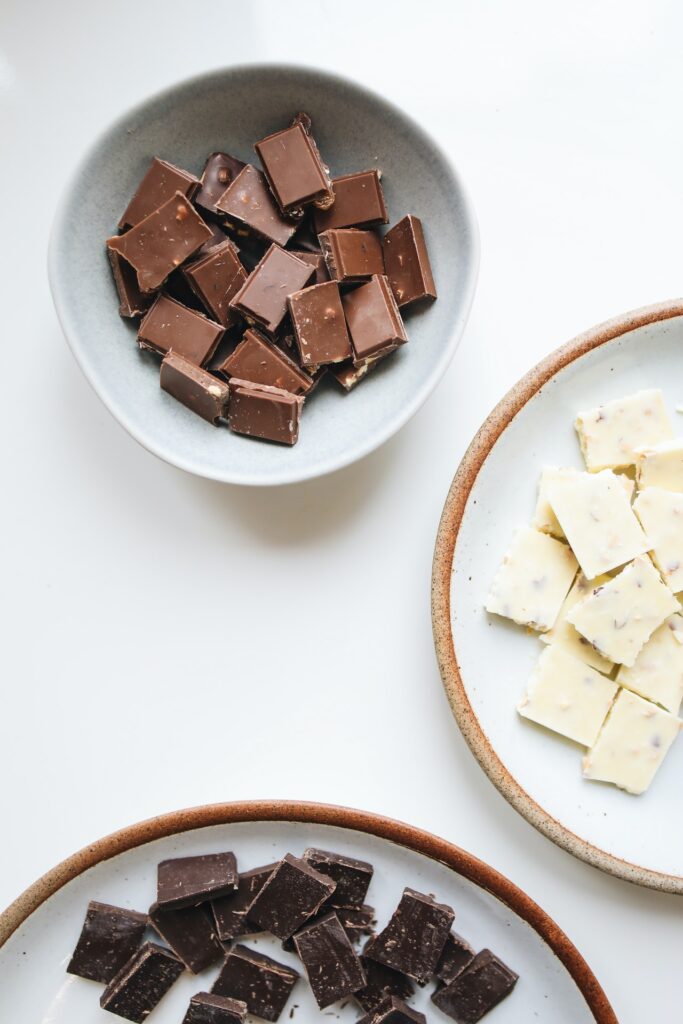
I know that the debate between milk, white, and dark chocolate is hotly contested. But, when it comes down to the actual health benefits of dark chocolate, there is no question on the winner! That’s right, it has some serious health benefits that you don’t want to miss out on. I want to walk you through the pros of choosing dark chocolate, so you know exactly what candy to ‘borrow’ Sunday night from the kiddo’s Halloween baskets.
Fiber and Minerals
Dark chocolate is actually packed densely with nutrients. It seems crazy to think that a dessert is healthy for us, but it’s true! Now, it’s important to note that the real nutrition lies in the cacao seeds that chocolate comes from… Of course, to make it taste as delicious as it is, other ingredients (like sugar) are added. Which is why at minimum, we should aim for 70% dark chocolate or higher. The higher the percentage, the more bitter it may taste, but that’s because we are getting more of the real chocolate, and less of the sugar!
When it comes to the nutrient profile of high percentage dark chocolate, this sweet treat boasts an impressive resume. One bar of dark chocolate (about 100 grams) offers:
- 8 grams of protein
- 11 g of dietary fiber (44% DV)*
- 12 mg of iron (67% DV)
- 230 mg of magnesium (58% DV)
- 311 mg of phosphorus (31% DV)
- 722 mg of potassium (21% DV)
- 3.3 mg of zinc (22% DV)
- 1.8 mg of copper (89% DV)
- 2 mg of manganese (98%) [1]
*% DV means percentage of the Daily Value of a nutrient. This number is based on the needs of an average individual, and is based on a standard 2,000 calorie diet. Depending on the individual, you may need more or less than the % Daily Value, but it can be a helpful reference point!
Of course, you might not eat an entire bar of chocolate in one sitting, but this list is a good representation of how packed full of nutrients that dark chocolate is. It doesn’t stop there either. Keep reading, because it gets even better!
Rich in Antioxidants
Dark chocolate is also rich in antioxidants, particularly flavonols and polyphenols. These are just two of the many types of antioxidants, but they all essentially work the same.
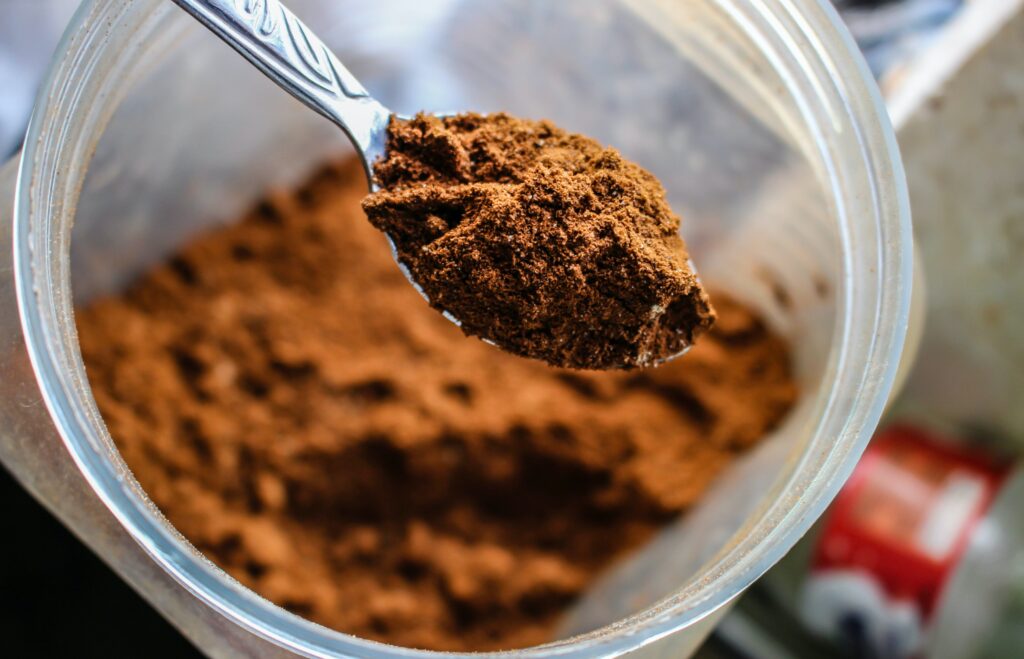
Antioxidants fight against free radicals, and protect the body against oxidative damage. Free radicals are unstable molecules that can damage the healthy cells in our bodies in order to stabilize themselves. We accumulate free radicals from environmental exposure to toxins, such as tobacco smoke and UV light, and also as a natural byproduct of our body’s metabolic processes. Beta-carotene, and other antioxidants, protect against these free radicals by stabilizing and neutralizing them, rendering them benign. [2]
So, dark chocolate can also benefit your health by helping prevent oxidative damage in your body! This is also an important part of why it is also considered to be a heart healthy food. Let’s dig into the research on dark chocolate and heart health next!
Heart Health
Cardiovascular disease is the leading cause of death worldwide, killing nearly 18 million individuals every single year. [3] So, it’s pretty important to minimize our risk of heart disease as much as possible. The good news is that there are many modifiable risk factors that help reduce risk; lifestyle factors, such as diet, exercise, cessation of smoking, and moderating alcohol intake.
So, as you can probably guess, dark chocolate does fall into the ‘diet’ category when it comes to controlling risk factors associated with heart disease. There is actually a good amount of research to indicate that it can benefit our cardiovascular system, for a couple of reasons.
Dark Chocolate & Cholesterol
First, as an antioxidant, dark chocolate is able to limit the oxidation of LDL cholesterol (commonly known as the ‘bad’ cholesterol). Oxidized LDL cholesterol has interacted with free radicals, and can travel through the bloodstream causing damage to the circulatory and cardiovascular systems. As an antioxidant, it can contribute to suppressing the oxidation of LDL cholesterol, and offer protection to these systems.

Next, there has also been evidence to suggest that dark chocolate may contribute to a rise in HDL cholesterol (the ‘good’ cholesterol), and to the decrease in total cholesterol. High levels of cholesterol can contribute coronary artery disease, which means that there is buildup of cholesterol in the arteries that can cause blockages and damage to these vessels. While high LDL cholesterol and total cholesterol may increase your risk of coronary artery disease, HDL cholesterol helps keep the arteries clear, and transports cholesterol back to the liver for excretion. It seems dark chocolate has the ability to improve these clinical markers, which contributes to its heart healthy qualities. [4]
Dark Chocolate & Blood Pressure
Additionally, the flavanols in dark chocolate may be helpful in reducing blood pressure. There have been several studies to show that eating dark chocolate may help lower blood pressure, though the effect is pretty minimal. [5-6] Overall, its do seem to have an effect on overall risk of heart disease. This study found that those who ate a serving of dark chocolate five times per week were significantly less likely to develop heart disease compared to those who ate less dark chocolate, or didn’t eat any at all. [7]
A Healthy, Sweet Option
So, there you have it. If you’ve been looking for some way to make it through this Halloween without breaking your health streak, dark chocolate is the perfect compromise. A couple pieces here and there, and my sweet tooth is fully satisfied. And, I know I’m getting all those benefits that I listed above!
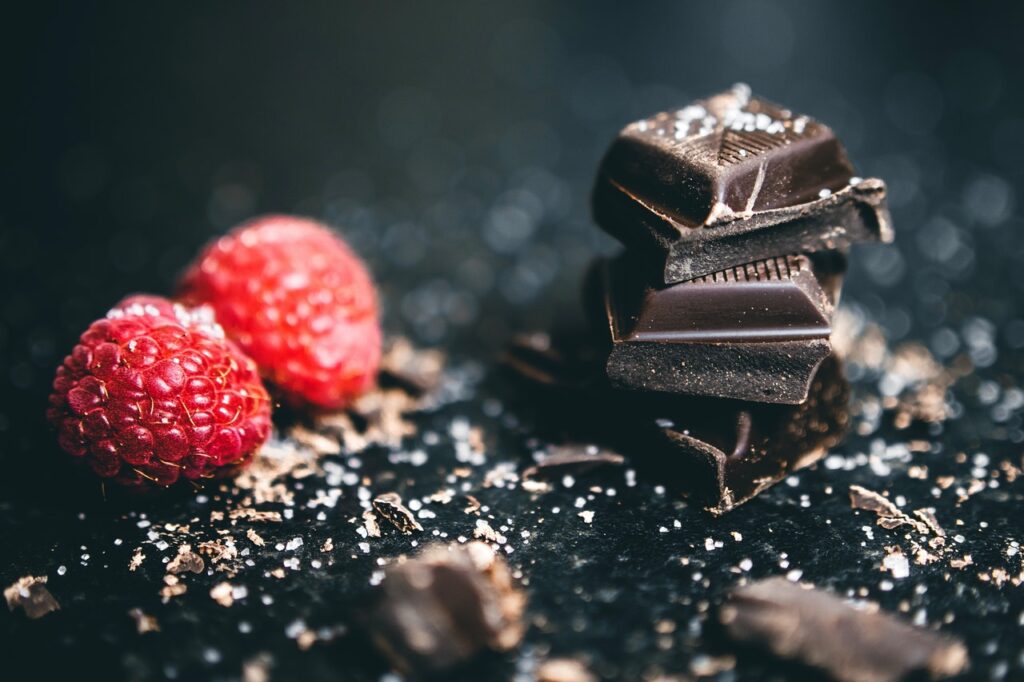
You can eat it plain and snack on a few squares from a chocolate bar, but I love to switch it up every once in a while, too! Here are some of my favorite, healthy treats that get an extra boost from a little dark chocolate.
- Apple + nut butter + dark chocolate chips
- Plain greek yogurt + drizzle of honey + granola + dark chocolate chips
- Strawberries + melted dark chocolate drizzle
- Mixed nuts + dried cranberries + dark chocolate chips
- S’mores – marshmallow + graham cracker + dark chocolate square
- Vanilla frozen yogurt + dark chocolate drizzle + Complete Collagen+ caramel drizzle
Well, to be honest, any of these desserts would be delicious with a drizzle of Complete Collagen+. Trust me, you have to try it! And you can, risk-free for 180 days with our money-back guarantee!
Citations
- Candies, Chocolate, Dark, 70-85% … – Self Nutrition Data. https://nutritiondata.self.com/facts/sweets/10638/2.
- “Understanding Antioxidants.” Harvard Health, 10 Jan. 2019, https://www.health.harvard.edu/staying-healthy/understanding-antioxidants.
- “Cardiovascular Diseases.” World Health Organization, World Health Organization, https://www.who.int/health-topics/cardiovascular-diseases#tab=tab_1.
- Baba, Seigo et al. “Plasma LDL and HDL cholesterol and oxidized LDL concentrations are altered in normo- and hypercholesterolemic humans after intake of different levels of cocoa powder.” The Journal of nutrition vol. 137,6 (2007): 1436-41. doi:10.1093/jn/137.6.1436
- Djoussé, Luc et al. “Chocolate consumption is inversely associated with prevalent coronary heart disease: the National Heart, Lung, and Blood Institute Family Heart Study.” Clinical nutrition (Edinburgh, Scotland) vol. 30,2 (2011): 182-7. doi:10.1016/j.clnu.2010.08.005
- Taubert, Dirk et al. “Effects of low habitual cocoa intake on blood pressure and bioactive nitric oxide: a randomized controlled trial.” JAMA vol. 298,1 (2007): 49-60. doi:10.1001/jama.298.1.49
- Hooper, Lee et al. “Effects of chocolate, cocoa, and flavan-3-ols on cardiovascular health: a systematic review and meta-analysis of randomized trials.” The American journal of clinical nutrition vol. 95,3 (2012): 740-51. doi:10.3945/ajcn.111.023457
The Power of Exercise
I know the saying is, “An apple a day keeps the doctor away…” BUT, can we also adapt the saying to, “10,000 steps a day keeps the doctor away…”?
I’m mostly joking… But in all seriousness, daily movement is an incredibly powerful component of our health! Especially for us ladies (keep reading, you’ll see what I mean!). It’s no secret that maintaining a physically active lifestyle has its benefits, as well as its challenges. But today, I want to outline three POWERFUL benefits of movement that will have you jumping out of your chair, and into new, healthy routines!
Cardiovascular Health & Exercise
Just like we have to exercise our muscles to keep them healthy and strong, we have to exercise our cardiovascular system to keep our heart working as it should! The cardiovascular system is responsible for keeping our heart pumping, and circulating blood to all the tissues in our body. When cardiovascular health suffers, it can put you at risk for high blood pressure, coronary artery disease, heart attack, stroke, and more.
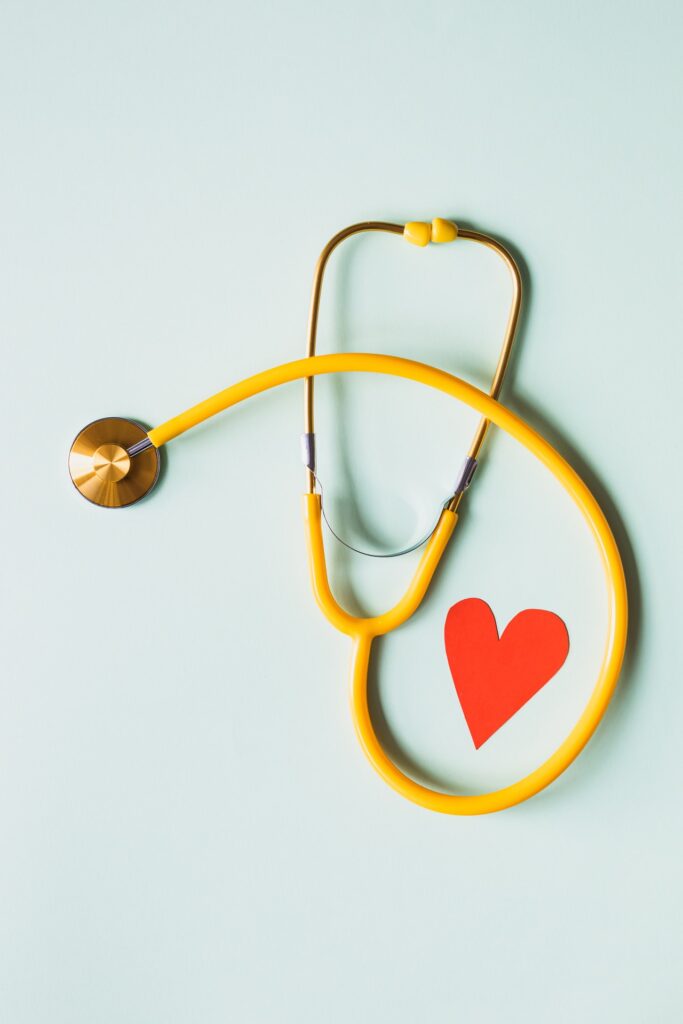
Exercise is one key component of keeping the cardiovascular system strong and healthy. In fact, exercise has been shown to significantly help with high blood pressure, improving unhealthy cholesterol levels, improving the body’s ability to respond to insulin, and improving weight status. [1] All of these factors – unhealthy blood pressure, cholesterol, weight, and poor insulin response – can play a role in the development of cardiovascular diseases.
Studies show that it’s important to aim for getting 30 minutes of moderate physical activity every day. Additionally, it doesn’t quite end there. In addition to getting 30 minutes of exercise a day, it’s important to limit the time you spend sedentary! While you don’t need to be breaking a sweat all day, here are some ways that you can reduce the amount of sedentary time you spend on a daily basis:
- Take the stairs over the elevator/escalator
- Park farther away in the parking lot
- Take a 2 minute break every hour at work to stand up and move around
- Stretch while watching television at the end of the day
- Invest in a standing desk or medicine ball for your workspace
- Go for a walk after dinner
While exercise is important for our physical health, it also can have a significant impact on our energy levels and mood!
Energy & Mood
Don’t you just feel so good after a workout? I know that I do! It’s no coincidence that many of us feel better after we’ve worked out. Physical activity can have a pretty big impact on mental health and energy levels!

When we exercise, our body releases hormones called endorphins. Endorphins can produce a positive, happy feeling (sometimes known as the ‘runner’s high’) which is part of the reason why we may feel really good after a workout. Exercise can also decrease hormones that are attributed to stress, such as adrenaline and cortisol. [2] So, after one of those days, exercise might be exactly what you need to take a little bit of the edge away.
It’s also important to note that there have been several studies that have shown an important relationship between exercise and mental health, including depression. In a large study completed in 2019, researchers found that odds of depression were reduced by 26% with major increases in physical activity. [3] In another study, it was shown that just a single session of physical activity could be helpful in reducing both anxiety and depression. [4]
Additionally, exercise can help improve energy levels, in a couple different ways. Let’s break it down:
- Exercise can stimulate your body to produce more mitochondria, the cellular organ that produces energy. This means that more mitochondria may result in more energy for you to use on a daily basis! [5]
- Exercise helps improve your cardiovascular circulation. Because the goal of our cardiovascular system is to circulate oxygen to our cells, better circulation means that we are able to do this more efficiently, which we may experience as feeling more energetic! [5]
- Exercise can help us sleep better. Better sleep = a more rested and more energetic you! [5]
For a little boost in mood and energy, exercise might be exactly what you need. Let’s now explore another important benefit of exercise – bone health!
Bone Health
Maintaining healthy bone mass is essential. While we don’t usually experience many issues with bones until later in life, we lay the groundwork for our skeletal system much earlier! Women and men reach peak bone mass around the age of 18 and 20, respectively. [3] We may still continue to build bone density until the late 20s and early 30s, but after then, it tends to level off.
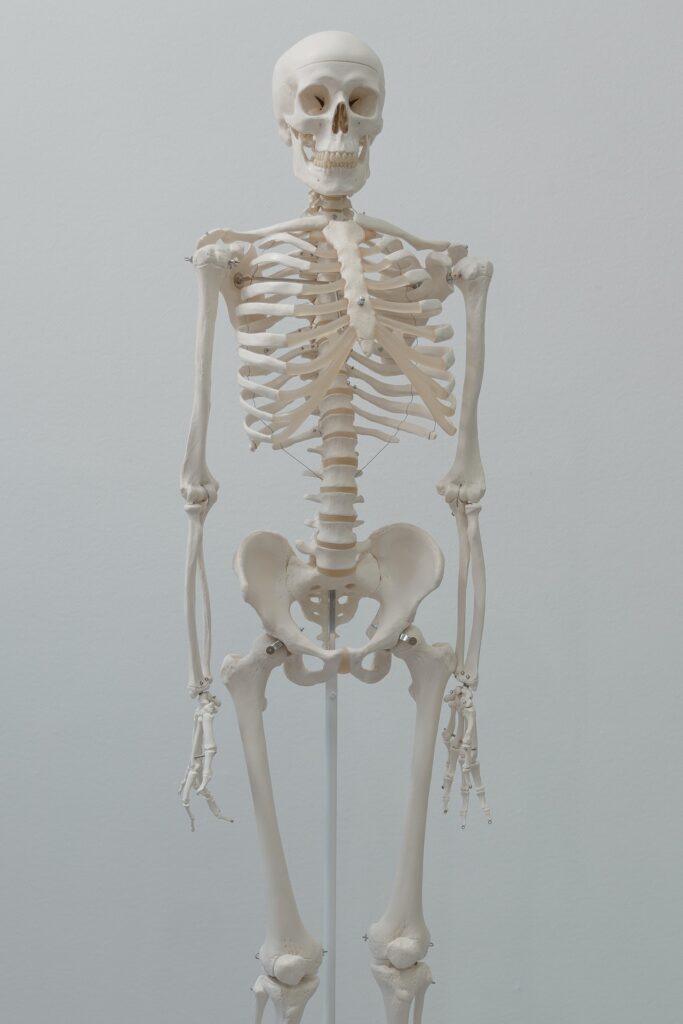
That is, until we get a bit older. For men, bone density may not be an issue until their late 60s or early 70s. However, for women, bone density can be significantly impacted once menopause hits. While this is a natural part of aging, it’s important to take measures to prevent accelerated bone loss and osteoporosis (weakened, porous bones). The good news is that there are plenty of ways to optimize your bone density, and to delay or prevent serious bone loss. Can you guess what I’m going to say next?
If you guessed that I was going to say, “Movement for strong bones!” – you’d be correct! Regular exercise is a great way to build and maintain bone density. Specifically, you want to target weight-bearing movements, like running, jogging, jumping, and stepping. Resistance training, or training to help build muscle, can also be effective in promoting healthy bones. While other exercises, like swimming or biking, have other great health benefits, these do not help with bone density quite as much.
Of course, it also doesn’t hurt to make sure you have the nutrition you need to keep your bones healthy. Remember, collagen is an essential part of the structure that makes up our body, like our skin, joints, and yes, bones. Try Complete Collagen+ risk free for 180 days with our money back guarantee!
Citations
- Myers, Jonathan. “Exercise and Cardiovascular Health.” Circulation, vol. 107, no. 1, 2003, https://doi.org/10.1161/01.cir.0000048890.59383.8d.
- “Exercising to Relax – Harvard Health Publishing.” Harvard Health, 7 July 2020, https://www.health.harvard.edu/staying-healthy/exercising-to-relax.
- “More Evidence That Exercise Can Boost Mood.” Harvard Health, 1 May 2019, https://www.health.harvard.edu/mind-and-mood/more-evidence-that-exercise-can-boost-mood.
- Guszkowska, Monika. “Wpływ ćwiczeń fizycznych na poziom leku i depresji oraz stany nastroju” [Effects of exercise on anxiety, depression and mood]. Psychiatria polska vol. 38,4 (2004): 611-20.
- Toni Golen, MD, and MD Hope Ricciotti. “Does Exercise Really Boost Energy Levels?” Harvard Health, 1 July 2021, https://www.health.harvard.edu/exercise-and-fitness/does-exercise-really-boost-energy-levels.
- “Osteoporosis: Peak Bone Mass in Women.” National Institutes of Health, U.S. Department of Health and Human Services, https://www.bones.nih.gov/health-info/bone/osteoporosis/bone-mass.
